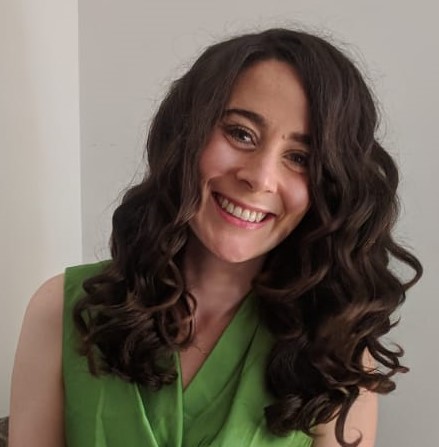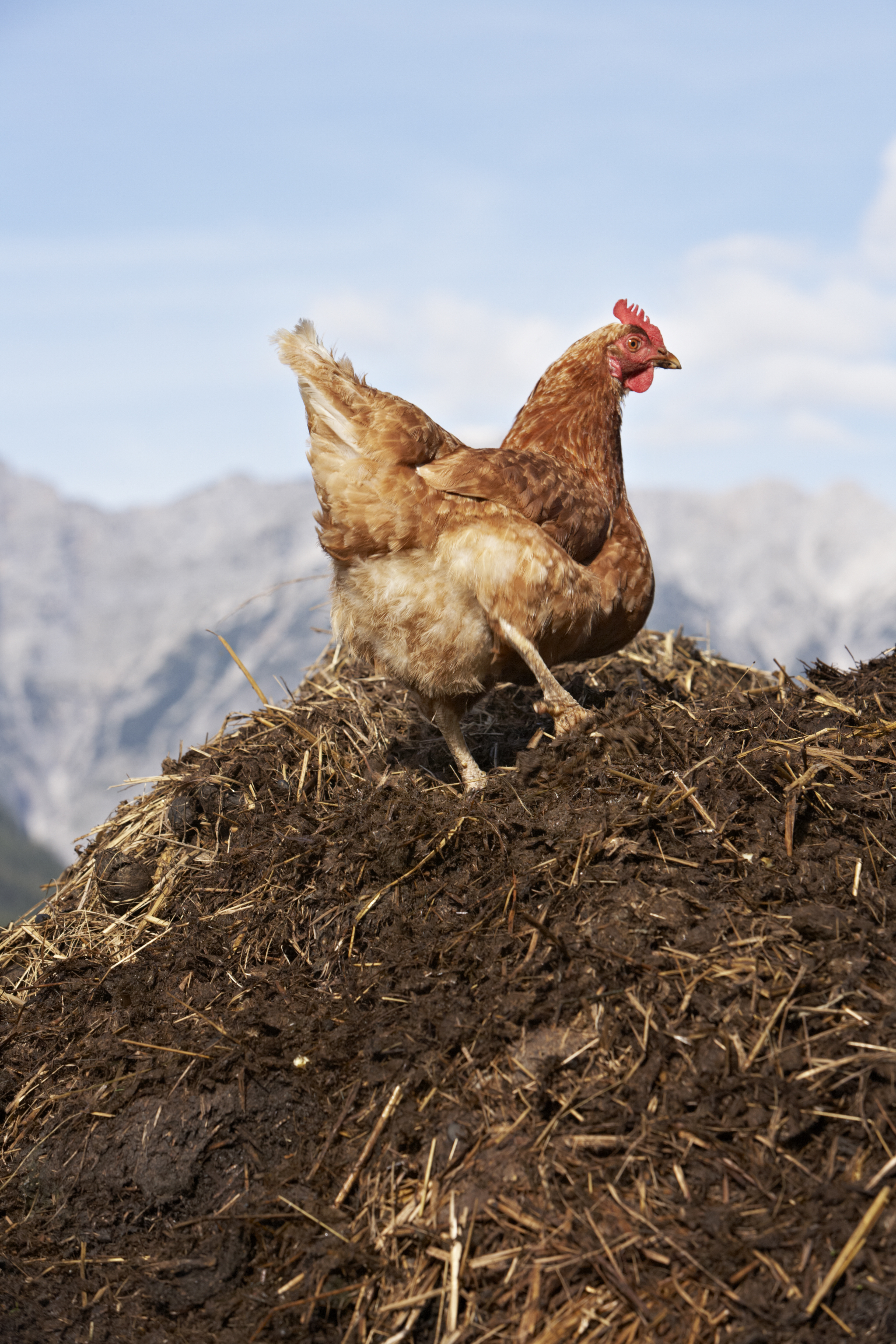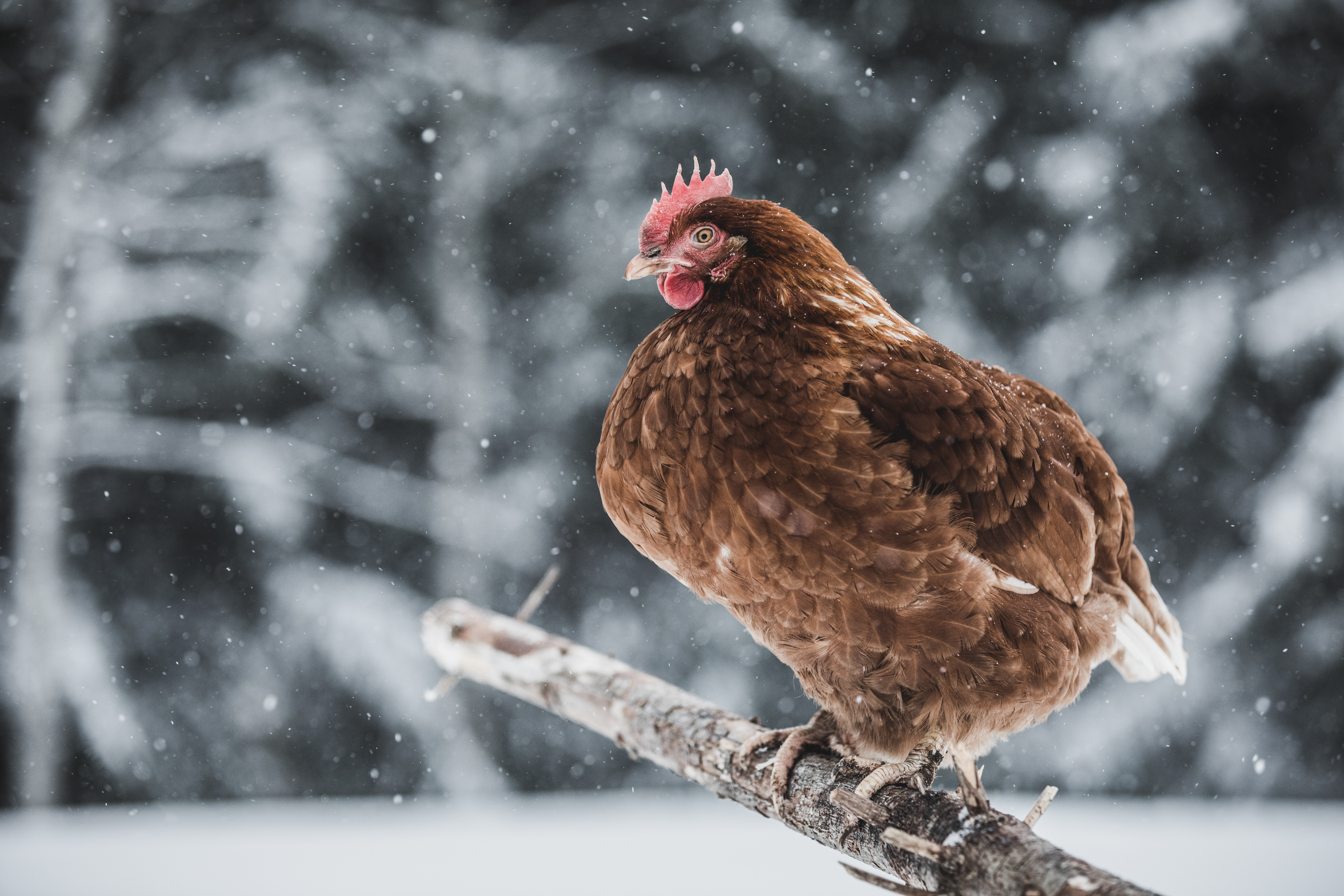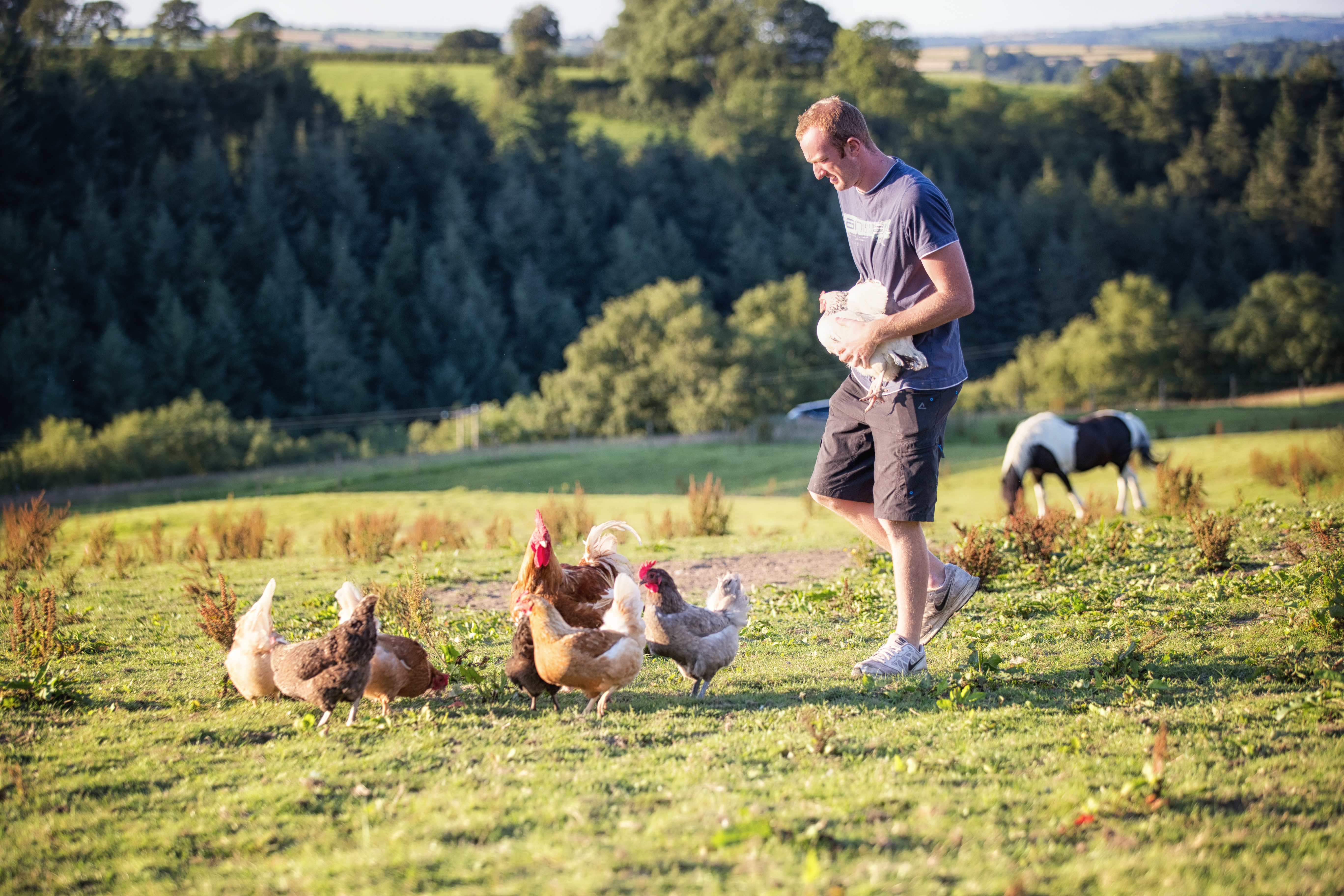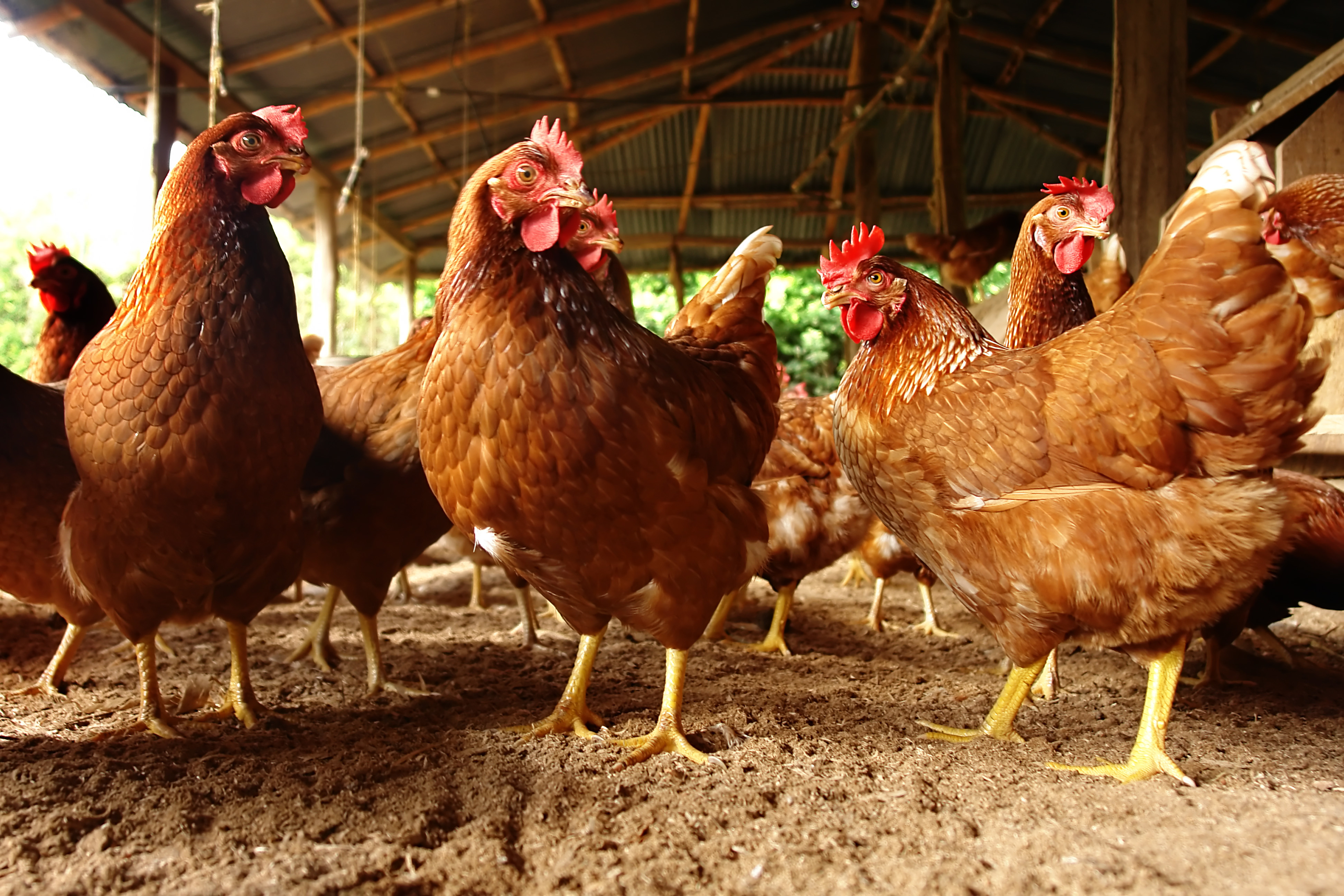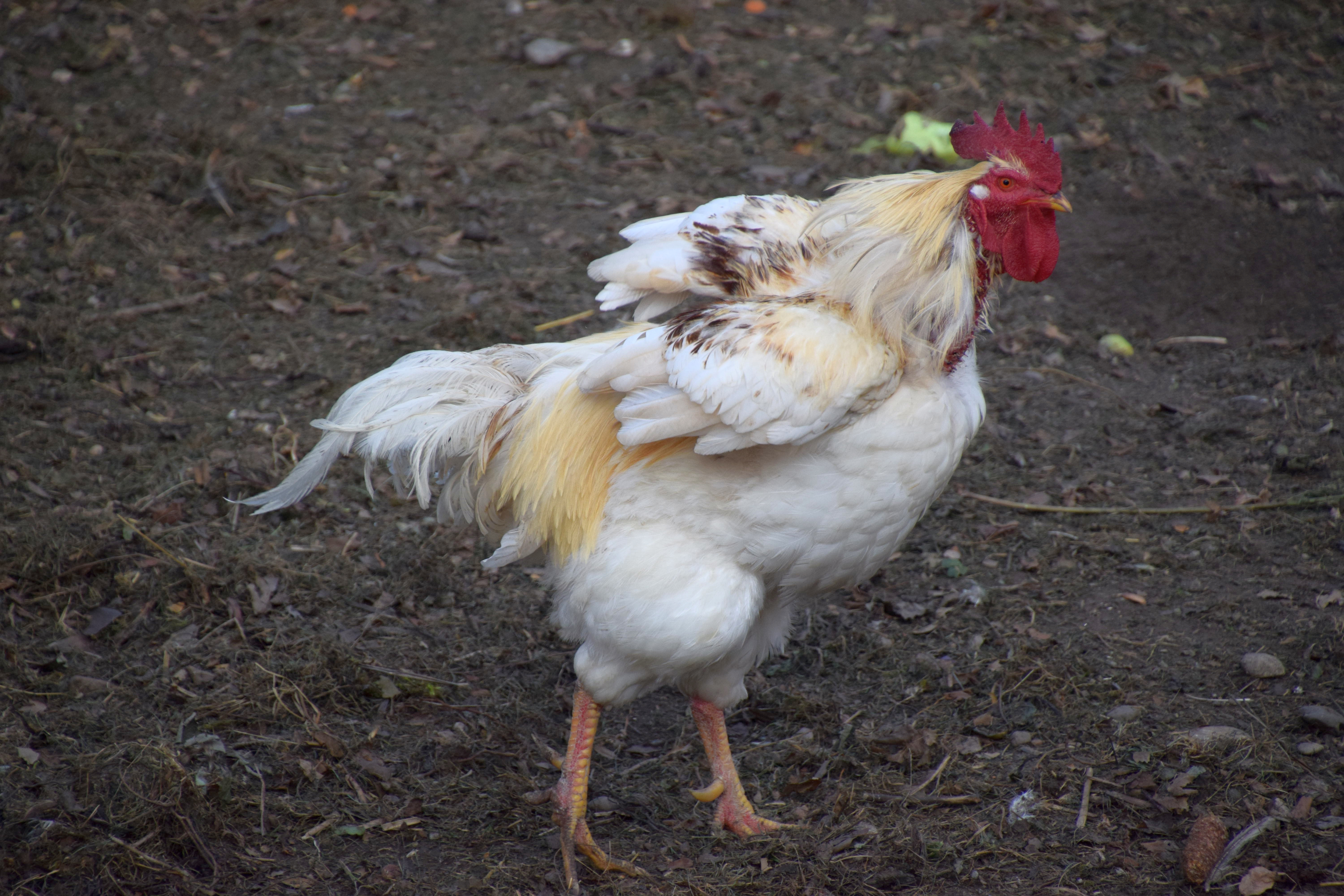



The Chicken Whisperer: what to know about keeping backyard chickens
In this podcast, Andy Schneider welcomes Dr Maurice Pitesky from UC Davis Veterinary School to review the best husbandry practices for backyard flocks.Part of Series:
< Previous Article in Series Next Article in Series >

According to Dr Pitesky, many of the problems that arise in backyard flocks can be traced back to issues with husbandry. Problems ranging from cracked or weak eggshells to shedding down and eating feathers are related to birds experiencing negative environmental stress. Good husbandry practices can minimise these stresses and let keepers get the most out of their birds.
In this podcast, Pitesky and Schneider outline their top husbandry recommendations for managing, housing and feeding backyard birds.
Before you start
Logging the details
Pitesky is a huge proponent of data collection. Logging the number of eggs the flock produces, the shell quality, number of floor eggs and their feed and water intake will give poultry keepers an idea of what “normal” looks like. This will let keepers immediately identify issues as they arise.
Work with a reputable hatchery and feedstore
Good husbandry starts before the chicks arrive. One of the key steps to making sure the flock has its best start is by sourcing chicks from businesses that have high welfare and biosecurity standards. Dr Pitesky recommends looking for hatcheries with a National Poultry Improvement Plan (NPIP) certificate. This certification programme means that the chicks are free of Salmonella colitis and are vaccinated against Marek’s disease. The birds are also inspected before they are shipped out.
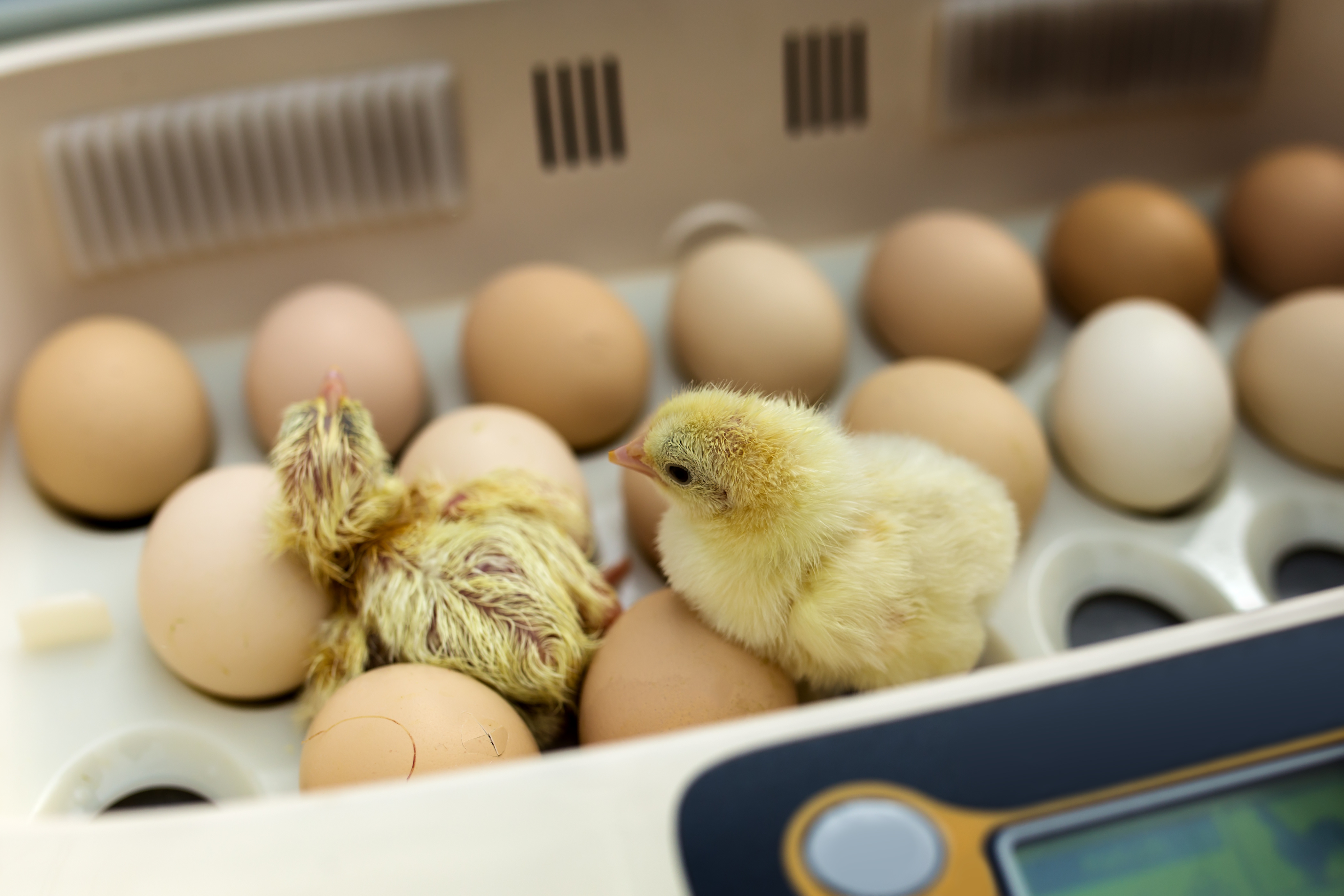
If you’re getting baby chicks from Craigslist, make sure the supplier practices good biosecurity and has good vaccination technique. Pay attention to hatchery conditions – if anything raises alarm bells, don’t buy the chicks.
Pitesky also recommends doing some background research on the breeds in your flock. This will ensure that you understand their needs and how to raise them. The American Poultry Association and the American Bantam Association have great resources and breed information for backyard keepers.
Setting up the operation
Use a well-designed poultry house
A key element of husbandry is protecting birds from the elements and predators. The area where chickens are kept should be securely fenced. Pitesky recommends creating a 6-by-6-inch trench for fences and filling in the negative space with gravel. This will ensure the fence is sturdy and prevent racoons and other rodents from burrowing in.
Pitesky also cautions that some predators can fly into the chickens’ dust bathing and preening area. To prevent this, keepers should install a wire or mesh covering over the birds.
Schneider and Pitesky tell listeners that chicken wire mesh may not be enough to make coops predator-proof. “A housecat with attitude can get through chicken wire,” says Schneider. In his experience, using a tougher material like hardware cloth keeps predators out. Even though backyard keepers can get “sliced and diced” while handling hardware cloth, it will keep your birds out of harm’s way.
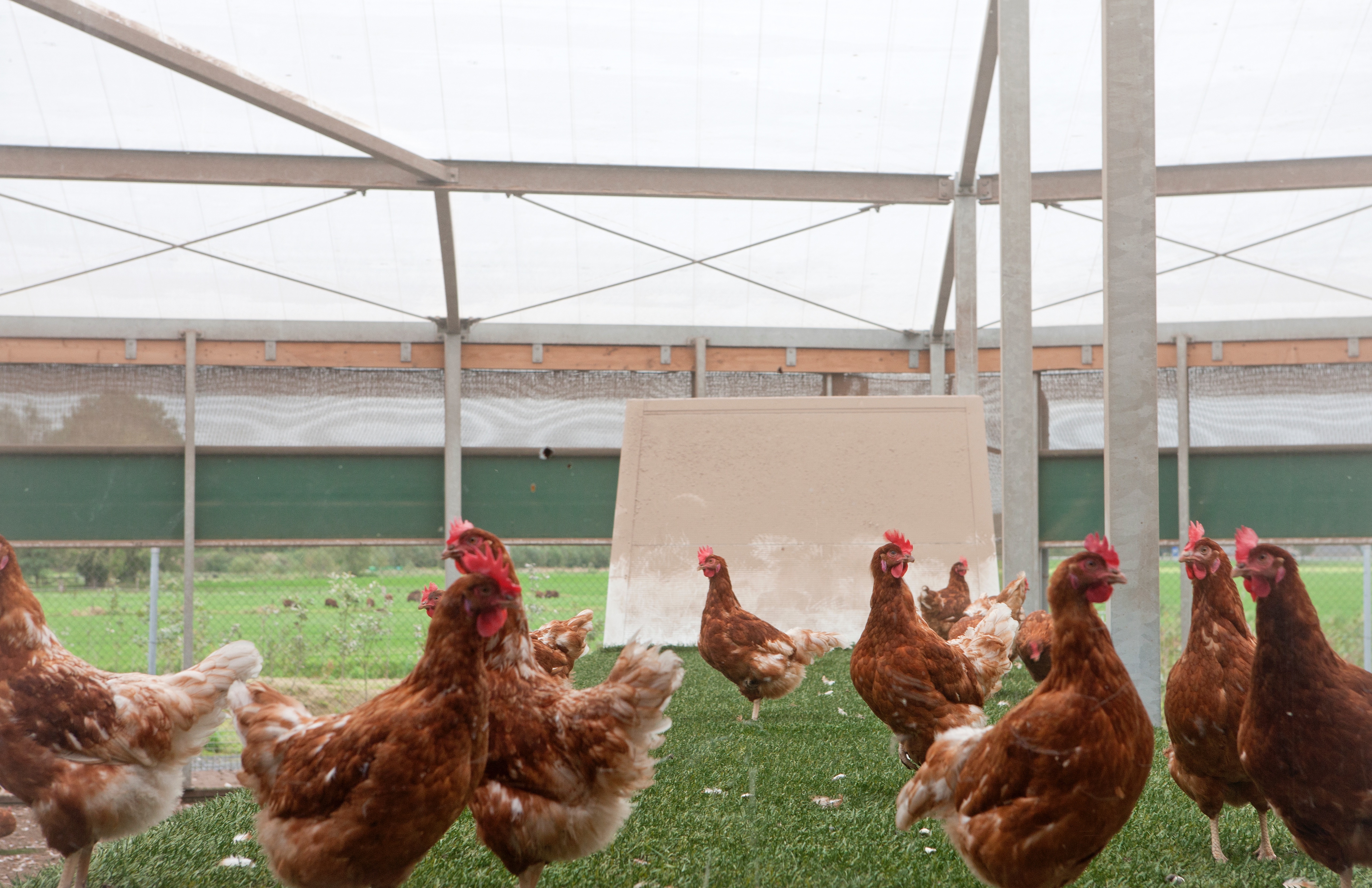
When discussing building materials, Pitesky recommends using materials that are durable and easy to clean. When it comes to plastic coops, he and Schneider warn listeners that the material can retain heat in the summer and degrade quickly in the sun. They also note that wooden coops may be long-lasting but difficult to sanitise. Pitesky also recommends using a latex-based paint – it’s easier to clean than other options on the market.
Enrichments in the house and surrounding environment
Pitesky and Schneider are big proponents of environmental enrichment. These will give an outlet for birds to exhibit natural behaviours and reduce their stress levels. The chicken coop should have nest boxes and perches or roosts (more on that below). The perches should be at least 20 inches off the ground and 10 inches long.
Manage light levels and ventilation in the coop
In Pitesky’s experience, the amount of light poultry needs in order to be healthy depends on the breed, breed characteristics, latitude of the farm and overall environment. “Birds are productive and low-maintenance food animals,” he tells listeners, “they’ll produce in spite of us.” If raising poultry in the Northern hemisphere, Piteksy recommends installing windows on the South side of the coop. This will give the birds adequate exposure to daylight and ensure they keep producing eggs.
When it comes to ventilation, Pitesky and Schneider tell listeners that poultry need to be kept in an environment with good airflow. This will prevent ammonia from building up in the coop.
However, Pitesky notes that birds will get stressed if fans are blowing on them. In this case, Pitesky tells backyard keepers to position fans above the birds. The laminar flow of air should be above the birds’ heads, not directly on them. This will give the chickens the benefit of fresh air without causing additional stress.
Give the birds a good place to roost
Chickens are a prey species. According to Dr Pitesky, this means that they will experience stress if they don’t “feel” protected. One key behaviour associated with chickens’ protective instincts is roosting off the ground. In the wild, roosting in trees reduces the risk of predation. Chickens still have this instinct despite domestication and modern farming practices. Pitesky notes that if birds aren’t able to roost off the ground, they will become stressed and less productive.
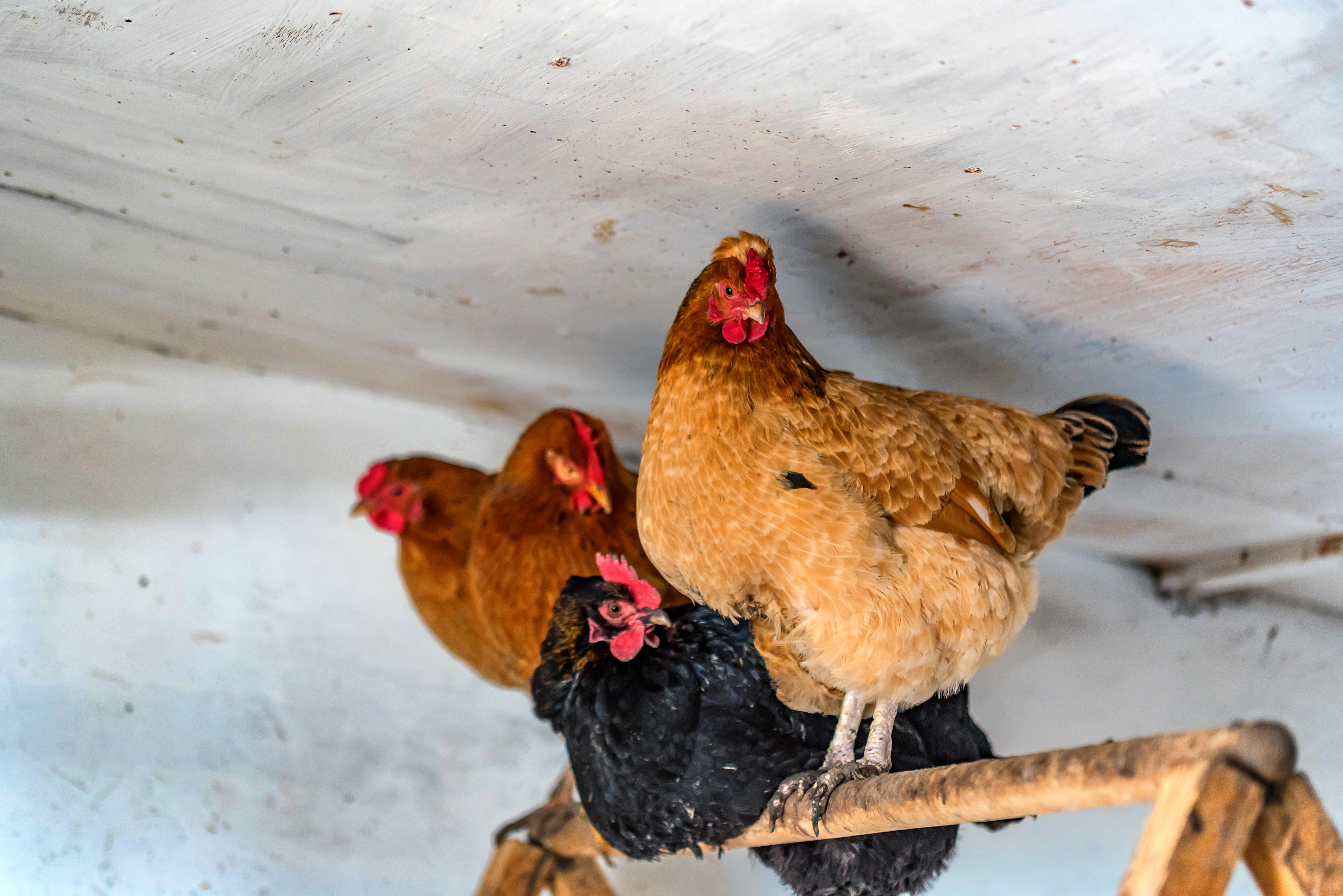
Both Schneider and Pitesky recommend installing round, wooden roosts in chicken houses. Ideally, the roosts should be 2.5-3 inches in diameter. Pitesky also recommends exposing the birds to round roosting bars before they’re four weeks old.
Backyard keepers should avoid uncut, square roosts. The shape is more difficult for the bird to grip and the uncut wood can cause slivers and splinters – leading to infections and issues like bumblefoot.
Space considerations
The jury is still out on how much space chickens need in order to thrive. Since the research on this topic isn’t robust, it’s difficult to make evidence-based recommendations. However, Pitesky has a few rules of thumb for backyard poultry keepers. In general, chickens need a minimum of 2 square feet per bird inside the coop and 4 square feet per bird outside the coop.
Feeding and watering the flock
“Birds are what they eat,” Pitesky says. The general rule is that birds need easy access to feed and water in order to thrive. Chickens will consume a ratio 1.5 to 2 times more water than feed, and they will avoid eating if they don’t have access to water. They will also need 2 to 3 inches of space per bird at the feeder to avoid pecking order issues.

Pitesky and Schneider emphasise that birds need a constant supply of clean and cool water. This is especially true in hot weather. Pitesky suggests keeping ice cubes handy to keep water temperatures from rising. He also recommends bathing the birds in cool water if the weather gets hot.
As a final note, both Pitesky and Schneider agree that common sense goes a long way when keeping backyard birds. Even if your backyard flock doesn’t use top of the line equipment, taking a pragmatic approach to husbandry will keep your birds productive and thriving.







